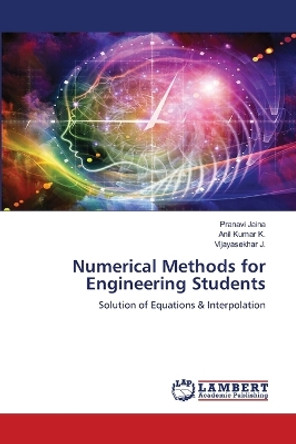This concise, plain-language guide for senior undergraduates and graduate students aims to develop intuition, practical skills and an understanding of the framework of numerical methods for the physical sciences and engineering. It provides accessible self-contained explanations of mathematical principles, avoiding intimidating formal proofs. Worked examples and targeted exercises enable the student to master the realities of using numerical techniques for common needs such as solution of ordinary and partial differential equations, fitting experimental data, and simulation using particle and Monte Carlo methods. Topics are carefully selected and structured to build understanding, and illustrate key principles such as: accuracy, stability, order of convergence, iterative refinement, and computational effort estimation. Enrichment sections and in-depth footnotes form a springboard to more advanced material and provide additional background. Whether used for self-study, or as the basis of an accelerated introductory class, this compact textbook provides a thorough grounding in computational physics and engineering.
The plain language style, worked examples and exercises in this book help students to understand the foundations of computational physics and engineering.About the AuthorIan H. Hutchinson is a plasma physicist and Professor in the School of Engineering at the Massachusetts Institute of Technology where he has been solving physical problems using computers for forty years. A fellow of the American Physical Society and the Institute of Physics, he has won several awards for excellence in teaching at MIT, and is the author of the definitive textbook on making measurements of plasmas, Principles of Plasma Diagnostics (Cambridge University Press, 2002).
Book InformationISBN 9781107479500
Author Ian H. HutchinsonFormat Paperback
Page Count 216
Imprint Cambridge University PressPublisher Cambridge University Press
Weight(grams) 360g
Dimensions(mm) 228mm * 153mm * 11mm








